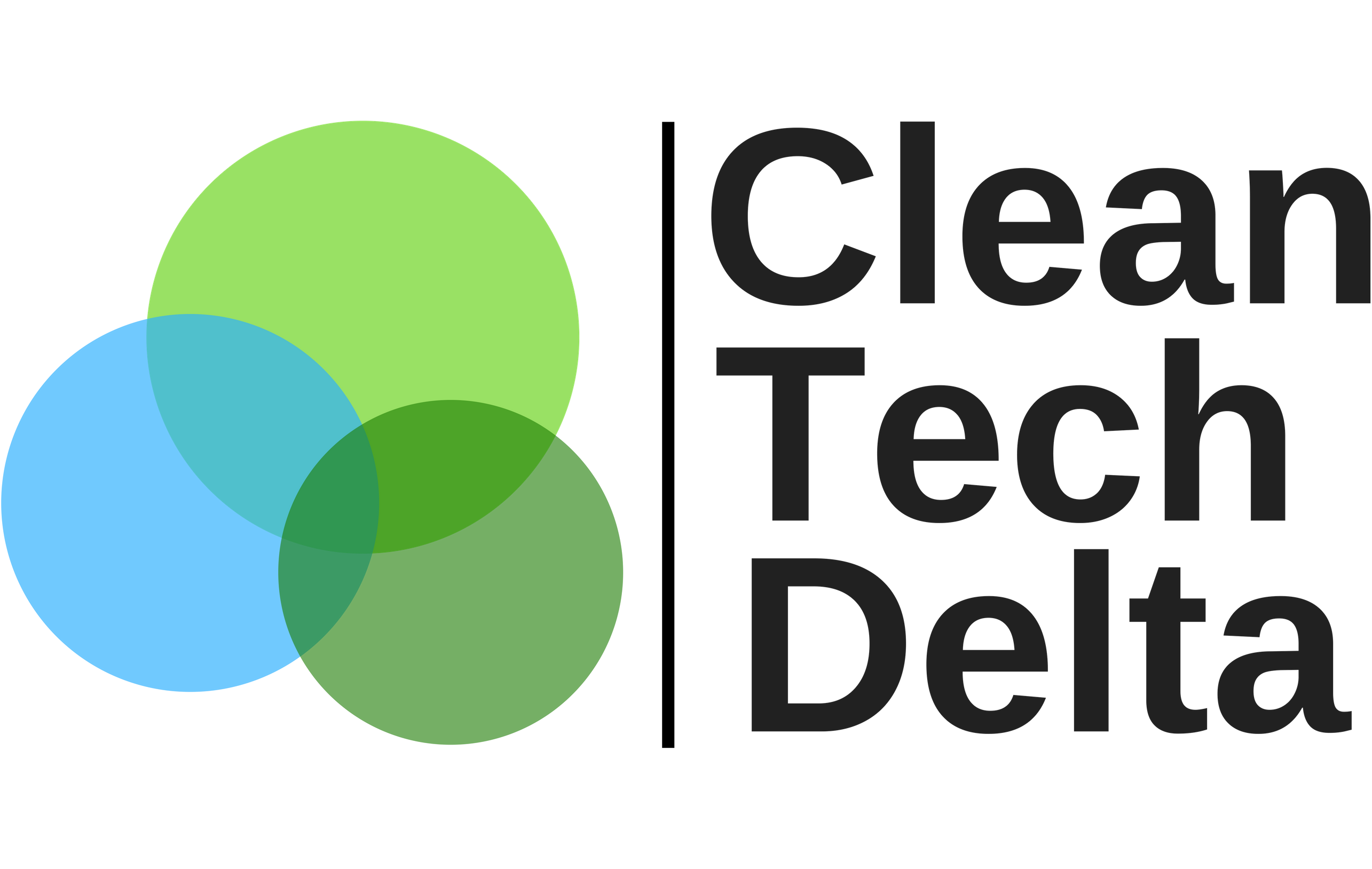Learn how leading organizations are now adopting circular business models to decouple growth from scarce resources.
Accenture conducted research about circular business models. 5 major business models were found and explained below.
Accenture research shows that leading organizations are now adopting circular economy models—decoupling growth from scarce resources and, thus, gaining a competitive edge (what we call a circular advantage).
We are rapidly approaching a point where the linear growth model is no longer viable for companies. This is due to the rising global affluence, the inability of many nonrenewable resources to keep up with demand, the strained regenerative capacity of renewable resources, and the threatened planetary boundaries.
For businesses and its top executives, responsible for setting the direction of their firms, this leads to one inescapable situation: continued dependence on scarce natural resources for growth exposes a company’s tangible and intangible value to serious risks.
We believe that the answer lies in a circular economy—where growth is decoupled from the use of scarce resources through disruptive technology and business models based on longevity, renewability, reuse, repair, upgrade, refurbishment, capacity sharing and dematerialization. This will lead to companies gaining a circular advantage—driving both resource efficiency and customer value, and delivering at the heart of a company’s strategy, technology and operations.
In this detailed report, Accenture identifies five new business models, 10 disruptive technologies and five enabling capabilities critical to capture the circular advantage.
In our analysis of more than 120 case studies of companies that are generating resource productivity improvements in innovative ways, we have been able to identify five new business models:
- Circular supplies: Provides fully renewable, recyclable or biodegradable resource inputs that underpin circular production and consumption systems.
- Resources recovery: Enables a company to eliminate material leakage and maximize the economic value of product return flows.
- Product life extension: Allows companies to extend the lifecycle of products and assets. Value that would otherwise be lost through wasted materials are instead maintained or even improved by repairing, upgrading, remanufacturing or remarketing products.
- Sharing platforms: Promotes a platform for collaboration among product users, either individuals or organizations.
- Product as a service: Provides an alternative to the traditional model of “buy and own.” Products are used by one or many customers through a lease or pay-for-use arrangement.
This business model turns incentives for product durability and upgradability upside down, shifting them from volume to performance.
The report also delves into:
- Five capabilities of successful circular leaders in the areas of business planning and strategy; innovation and product development; sourcing and manufacturing; sales and marketing; and reverse logistics and return chains.
- 10 transformational technologies make circular business models possible: New business models will not be possible without the support of innovative new technologies—especially digital such as social, mobile, analytics, cloud and machine-to-machine technologies.
Read the full report here.
